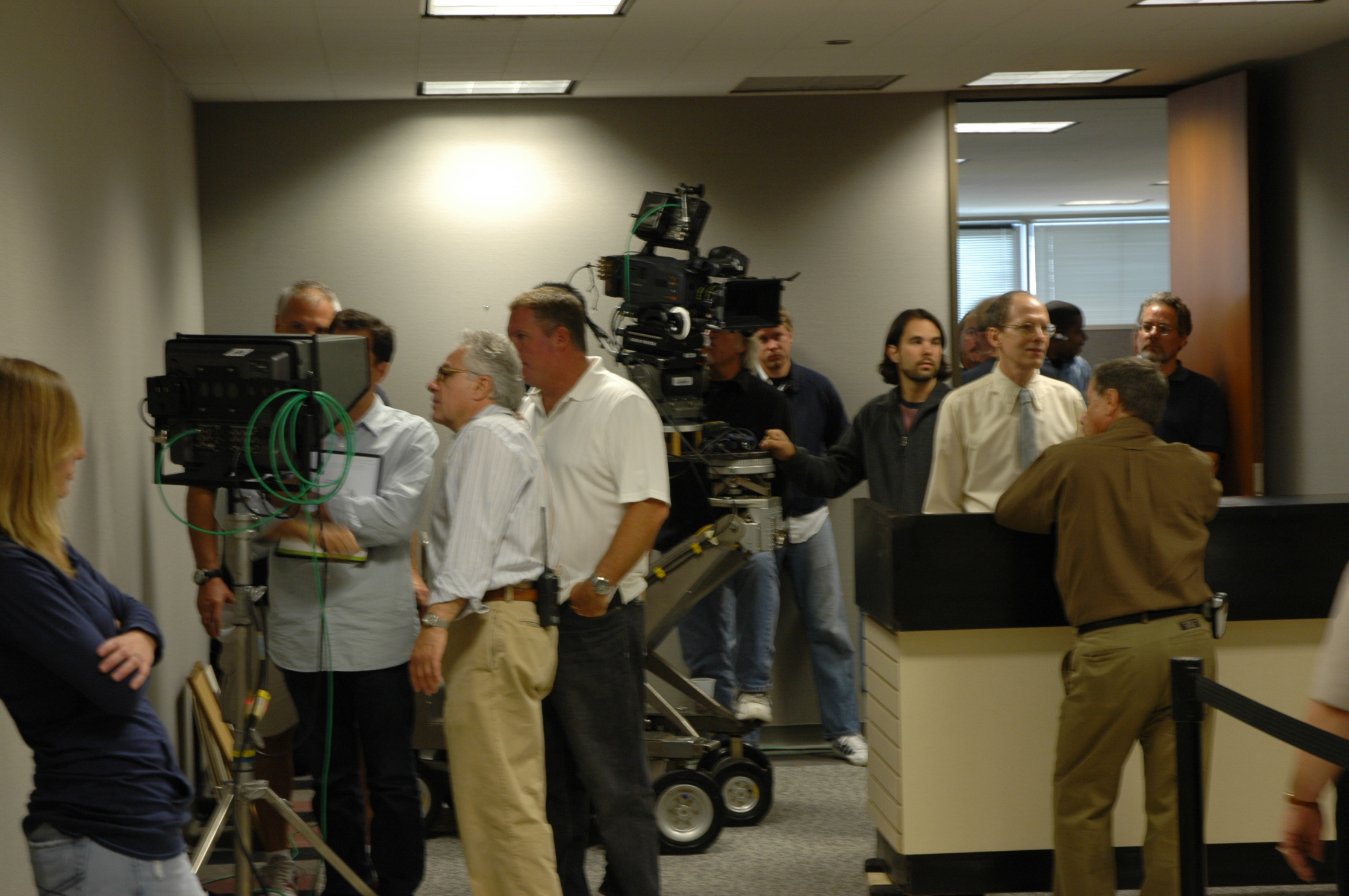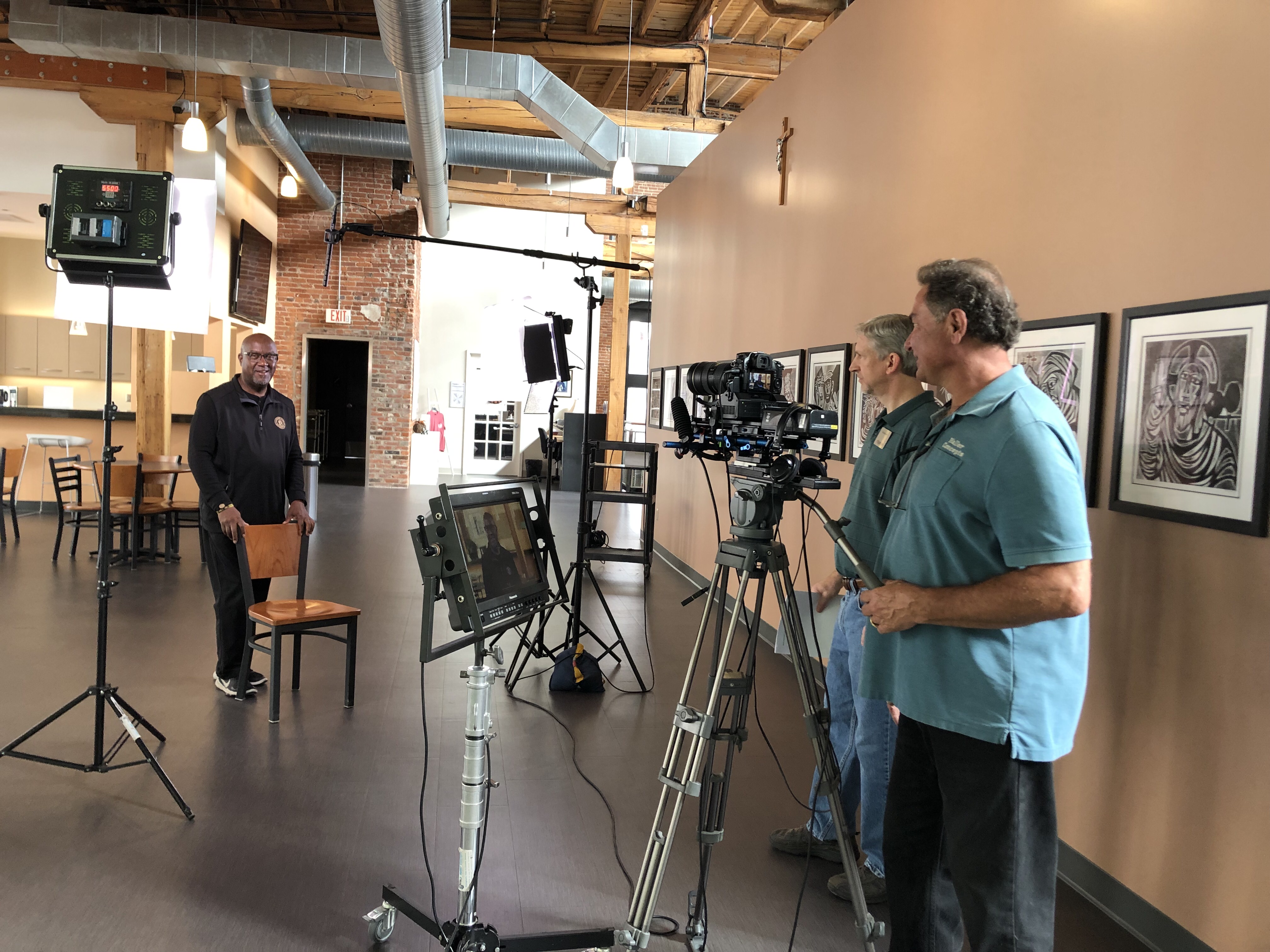If you’re a videographer or content creator, you’ve likely come across the fascinating world of “How It’s Made” videos. These videos offer a behind-the-scenes look at the manufacturing process of various products, giving viewers a glimpse into the intricate details that go into making everyday items. Creating engaging and informative “How It’s Made” videos requires careful planning, scripting, and execution. In this comprehensive guide, we’ll explore the scripting techniques that will help you produce captivating and educational videos in this genre.
Understanding the Purpose of Your Video
Before diving into the scripting process, it’s crucial to define the purpose and goals of your “How It’s Made” video. Are you trying to showcase the craftsmanship behind a product? Do you want to highlight the efficiency of a manufacturing process? Or perhaps you aim to educate your audience about a particular industry or technology. Identifying the purpose will guide your script and content decisions.
Research and Pre-production
1. Choose the Right Subject
Selecting the right subject for your video is the foundation of a successful “How It’s Made” production. Consider factors like audience interest, relevance, and uniqueness. A compelling subject could be anything from the production of artisanal chocolates to the assembly of advanced electronics.
2. In-Depth Research
Once you’ve chosen your subject, delve deep into research. Understand the intricacies of the manufacturing process, interview experts, and gather as much information as possible. This knowledge will be invaluable during the scripting and shooting phases.
3. Develop a Detailed Outline
Before crafting a script, create a detailed outline of the video. Break down the process into logical steps or stages. This outline will serve as a roadmap for your script and help you maintain a structured narrative flow.
Crafting the Script
Now that you’ve done your research and outlined the video, it’s time to write the script. The script is the backbone of your “How It’s Made” video, guiding both the narration and visuals.
4. Introduction
Start with a captivating introduction that hooks the audience. Explain what the video is about, why it’s interesting, and what viewers can expect to learn. Keep it concise but engaging.
5. Clear and Concise Narration
Your narration should be clear, concise, and easy to follow. Use simple language and avoid technical jargon unless your target audience is well-versed in the subject matter. Speak at a moderate pace to ensure viewers can absorb the information.



6. Visual Script
While your narration is crucial, don’t forget about the visuals. Your video should be a harmonious blend of narration and captivating shots of the manufacturing process. Script out the specific visuals you plan to capture for each stage of production.
7. Storytelling
Turn the manufacturing process into a story. Highlight the challenges, innovations, and human elements involved. Introduce the people behind the scenes, whether it’s the skilled artisans or the engineers responsible for the technology.
8. Use Visual Aids
Incorporate graphics, animations, and diagrams to enhance understanding. Visual aids can simplify complex processes and engage your audience more effectively.
9. Maintain a Consistent Tone
Ensure a consistent tone throughout the video. If it’s a lighthearted subject, maintain an approachable tone. For more serious topics, maintain a professional and informative tone.
10. Transition Smoothly
Pay attention to transitions between different stages of production. Use transitional phrases or visuals to guide viewers seamlessly from one step to the next.
11. Be Mindful of Timing
Consider the overall length of your video. While “How It’s Made” videos can vary in duration, aim for a length that keeps your audience engaged without overwhelming them with too much information.
Production and Filming
With your script in hand, it’s time to start filming. Here are some tips for a successful shoot:
12. Plan Your Shots
Refer to your visual script and plan your shots meticulously. Ensure you capture all the essential angles, close-ups, and wide shots needed to tell the story effectively.
13. Lighting and Composition
Pay careful attention to lighting and composition. Well-lit and well-composed shots will make your video more visually appealing. Use natural light whenever possible or invest in proper lighting equipment.
14. Steady Footage
Use stabilizers or tripods to keep your footage steady. Smooth camera movements and stable shots will enhance the overall quality of your video.
15. Capturing Audio
Good audio quality is crucial. Invest in quality microphones and record clear, noise-free narration and ambient sounds. Consider using background music to enhance the viewing experience.
16. Multiple Takes
Don’t hesitate to re-shoot scenes if necessary. Aim for perfection in both visuals and audio.
Post-Production
After filming, the post-production phase plays a significant role in shaping your “How It’s Made” video. Here’s what you need to do:
17. Editing
Edit your footage to match the script and narrative flow. Cut out any unnecessary shots or dialogue. Add transitions, graphics, and animations as outlined in your visual script.
18. Narration and Voiceover
Ensure your narration is crisp and well-paced. If needed, re-record and enhance the voiceover to maintain viewer engagement.
19. Music and Sound Effects
Add background music and sound effects to enhance the overall viewing experience. Ensure that audio levels are balanced and not overpowering the narration.
20. Quality Control
Review the video multiple times for any errors, inconsistencies, or technical glitches. Ensure that all visual and audio elements align with your script.
Conclusion
Creating a captivating “How It’s Made” video requires a combination of research, planning, scripting, and skillful execution. By following the scripting techniques outlined in this guide and paying attention to production and post-production details, you can produce videos that educate and entertain your audience.
At St. Louis Web Video, we understand the importance of meticulous planning and execution when it comes to video production. As a full-service professional commercial photography and video production company, we have the right equipment and creative crew service experience for successful conference documentation. We offer full-service studio and location video and photography, as well as editing and post-production. St. Louis Web Video can customize your productions for diverse types of media requirements. Repurposing your photography and video branding to gain more traction is another specialty. We are well-versed in all file types and styles of media and accompanying software.
Over the years, we have collaborated with numerous businesses, marketing firms, and agencies in the St. Louis area for their corporate photography and video needs. If you’re looking for a reliable partner to bring your “How It’s Made” video ideas to life or any other video production project, contact St. Louis Web Video today. Let us help you create engaging and informative content that will leave a lasting impression on your audience.
Contact us today and let’s start crafting your next compelling video!